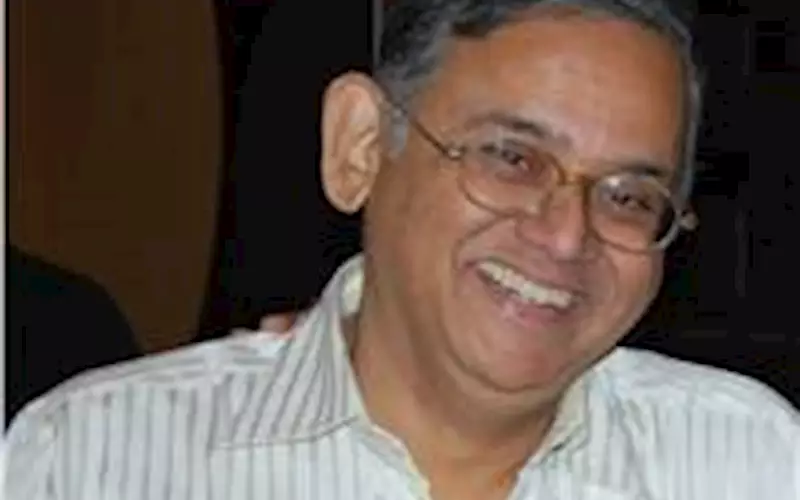Anand Limaye of India Printing Works (IPW) traces his print journey and discusses the issues that prevail in the printing industry with Ganesh Gawali and Siddharth Ashtekar, third year students of SIES GST.
Ganesh Gawali (GG): IPW completed 80 years in 2012. How has the journey been?
Anand Limaye (AL): Established in 1932, IPW celebrated 80 years in 2012 with a round-table discussion among Marathi publishers which was chaired by Ramu Ramanathan of PrintWeek India. This was one of the rare occasions when all the major Marathi publishers had a free and frank discussion about the future of Marathi books.
The press was started on a small scale in a 500 sq/ft unit, and gradually acquired half the portion of the ground floor of the same building measuring over 5,000 sq/ft. It was an interesting journey which saw many ups and downs.
Siddharth Ashtekar (SA): Tell us about pre-press and platemaking at IPW.
AL: Our set-up consists of both conventional as well as digital printing machines. Hence, we use all types of plates for printing. This includes deep-etch, wipe-on, CTP, polyjet etc. The selection of plates depends on the type of job to be printed.
GG: When did you decide on investing in digital? What were the reasons?
AL: As the times change we need to adapt to the newer technology. Over the years, there has been a decrease in the run length of print jobs. And so, thought of investing in a digital kit. We use the digital machine from Xerox for small quantity jobs.
GG: Tell us something about Marathi book publishing industry.
AL: While sales of kadambaris (novels) and katha sangrahas (short-story collections) have declined significantly, Marathi publishing experienced a boom in 1994-95 with a leap from 800 titles per year to about 1,900 titles per year, but after that, it plateaued at 1,200 titles per year. Now our main aim is to publish English books. We have launched a couple of titles in the past few months. These include books on medical health; plus a collection of essays by Aroon Tikekar.
SA: What are the pertinent issues that printers in India are facing today?
AL: Piracy is the major issue that printers and publishers are struggling to tackle. The other issue is that if someone is interested to start a press then he has to take more than 20 permissions from the Government of India. A single window permission facility is the print industry's dream.
GG: What are your views on Local Body Tax (LBT)? How has it affected the printers in Mumbai?
AL: Frankly speaking, printers are not affected by the LBT. I think it is the end-user who gets affected due to LBT. If all traders decide to protest against LBT, I will support them. However, there is no point of bringing the business to a standstill for too many days and that too without a penny!
SA: What is your memorable achievement as the head of Maharashtra Mudran Parishad and Mumbai Mudrak Sangh?
AL: As an association, we have helped many printers during the Mumbai floods in 2005. We offered them apparatus as well as supplied materials at a low cost to help them overcome the losses due to the calamity.
SA: Over the years, what changes have you observed in book printing, especially Marathi books?
AL: With the introduction of typesetting, things became easier but the errors have increased since cut, copy and paste is much easier. The good old-fashioned proofreader and copy editor is a dying breed.
GG: What do you think is the future of the printing industry and that of books?
AL: I firmly believe that printing has a long life and the industry will never die.
GG: What is the goal of your organisation?
AL: The main aim of our organisation is 100% customer satisfaction.
SA: If your company has to invest in an equipment, which kit would you opt for?
AL: As of now, we do not have any plans but if I have to invest, I will preferably invest in a post-press equipment because it plays a vital role in the finishing of a book.














 See All
See All